Understanding the Evolution of Coffee Culture
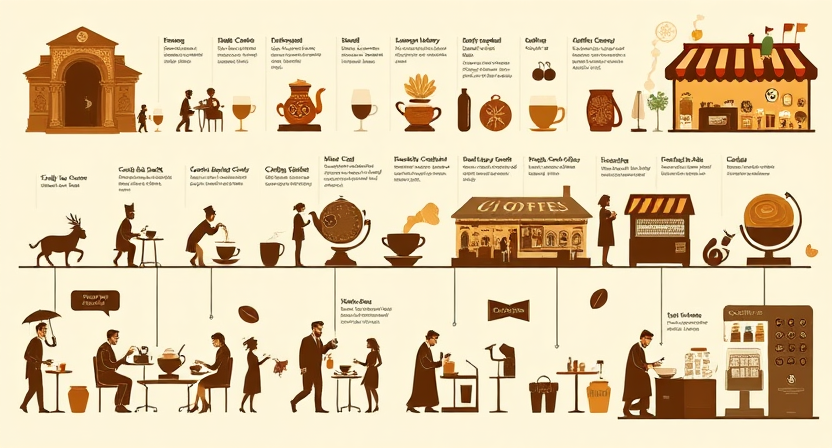
Coffee culture has undergone a remarkable transformation over the course of history, evolving from a simple beverage to a complex and revered art form. From its discovery in ancient times to its global popularity today, coffee has woven its way into the fabric of societies worldwide, shaping social interactions and rituals along the way. The evolution of coffee culture is a reflection of changing tastes, values, and trends, with each era leaving its unique imprint on the way we perceive and enjoy this beloved brew.
As coffee spread across continents and cultures, its preparation and consumption rituals diversified, leading to the formation of distinct coffee traditions and customs. From the bustling coffeehouses of 17th century Europe to the specialty coffee shops of today, each stage in the evolution of coffee culture has contributed to a rich tapestry of flavors, techniques, and experiences. The journey of coffee from a simple stimulant to a nuanced indulgence is a testament to the enduring appeal of this humble bean and its ability to bring people together in shared appreciation.
Origins of the Third Wave Coffee Movement
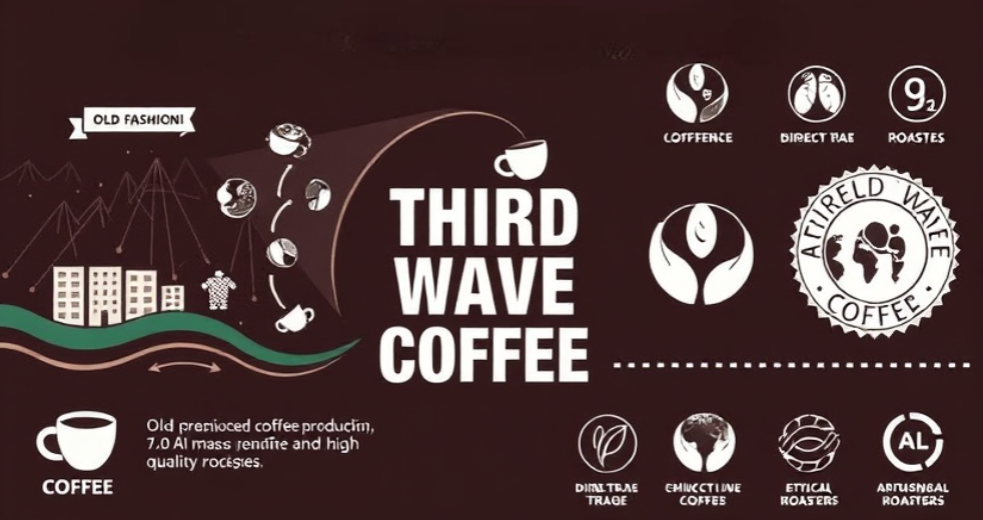
The Third Wave Coffee Movement emerged in the early 2000s as a response to the mass production and standardization of coffee that characterized the second wave. It was a shift towards a more artisanal and quality-focused approach to coffee, emphasizing the unique flavors and characteristics of different coffee beans. This movement was driven by a desire to return to the roots of coffee and celebrate the craft of coffee production.
Unlike the second wave, which focused on the convenience and accessibility of coffee, the third wave placed a strong emphasis on transparency and traceability in the coffee supply chain. Roasters and baristas began to prioritize direct relationships with coffee farmers, ensuring fair compensation and sustainable practices. This commitment to ethical sourcing and sustainability became a defining characteristic of the third wave coffee movement, setting it apart from its predecessors.
Key Characteristics of Third Wave Coffee
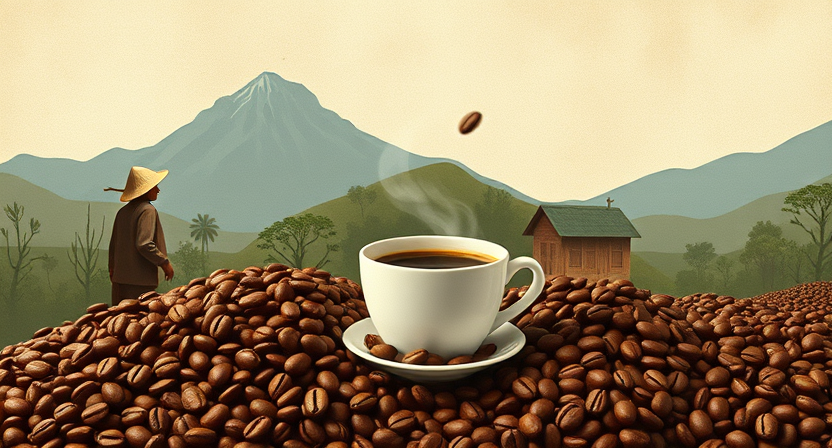
When delving into the realm of third wave coffee, certain key characteristics set it apart from traditional coffee movements. Emphasizing quality over quantity, third wave coffee focuses on sourcing high-grade beans from specific regions and farms known for their exceptional production methods. This attention to detail extends to the roasting process, where small batch roasters meticulously craft each batch to bring out the unique flavors and aromas inherent in the beans.
Furthermore, third wave coffee places a strong emphasis on transparency and traceability in the supply chain. By forging direct relationships with coffee farmers through practices like direct trade, roasters ensure fair compensation for the producers and a sustainable approach to coffee cultivation. This commitment to ethical sourcing not only benefits the farmers but also allows consumers to make informed choices about the origin and production methods behind their cup of coffee.
The Importance of Direct Trade and Sustainability

Direct trade and sustainability have become crucial pillars of the third wave coffee movement, shaping the way coffee is sourced and produced. Direct trade emphasizes building strong relationships between coffee roasters and farmers, ensuring fair prices and quality standards are met. By bypassing traditional coffee trading systems, direct trade empowers farmers and promotes transparency throughout the supply chain.
Furthermore, sustainability in coffee production focuses on environmental stewardship, social responsibility, and economic viability. Many third wave coffee roasters prioritize sustainable practices such as organic farming, water conservation, and waste reduction to minimize their ecological footprint. By supporting sustainable coffee sourcing, consumers can enjoy their favorite brews knowing that they are contributing to a more ethical and environmentally conscious coffee industry.
How Third Wave Coffee Roasters Source Their Beans
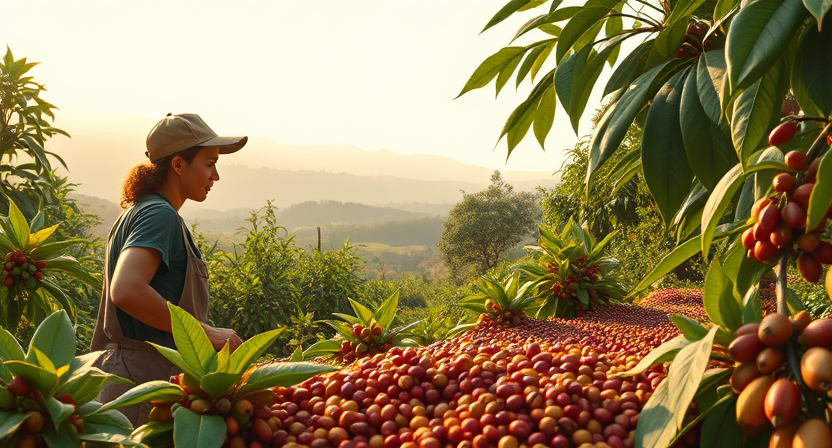
Third wave coffee roasters prioritize sourcing beans directly from farmers, often establishing long-term relationships to ensure quality and sustainability. By working closely with coffee producers, roasters aim to not only understand the unique terroir of each coffee origin but also to support ethical and transparent trade practices.
These relationships allow roasters to have greater control over the quality of the beans they purchase, ensuring that they meet the standards of the third wave movement. Through direct trade partnerships, roasters can also promote fair compensation for farmers, leading to a more equitable coffee supply chain that values the efforts of those at the origin of the coffee industry.
The Role of Single Origin Coffee in Third Wave Movement
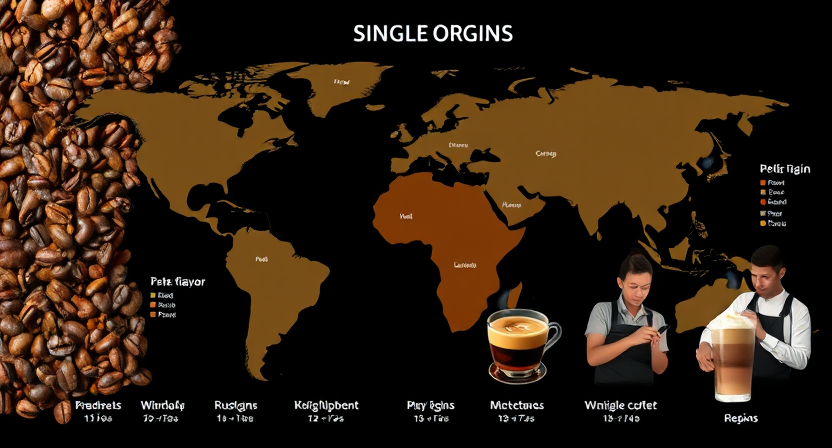
Single origin coffee plays a crucial role in the Third Wave coffee movement, emphasizing transparency and traceability in the sourcing process. By focusing on beans from a specific region or estate, Third Wave roasters aim to highlight the unique flavors and characteristics of each coffee origin. This approach not only elevates the quality of the final brew but also allows consumers to appreciate the diversity of flavors that coffee can offer.
Furthermore, single origin coffee promotes a more direct relationship between consumers, roasters, and coffee producers. This emphasis on provenance encourages greater awareness of the environmental and social impact of coffee production, leading to a more sustainable and ethical coffee industry. As consumers become more knowledgeable about the origins of their coffee and the efforts taken to ensure its quality, they develop a deeper appreciation for the craft and artistry behind each cup of Third Wave coffee.
The Art of Small Batch Roasting
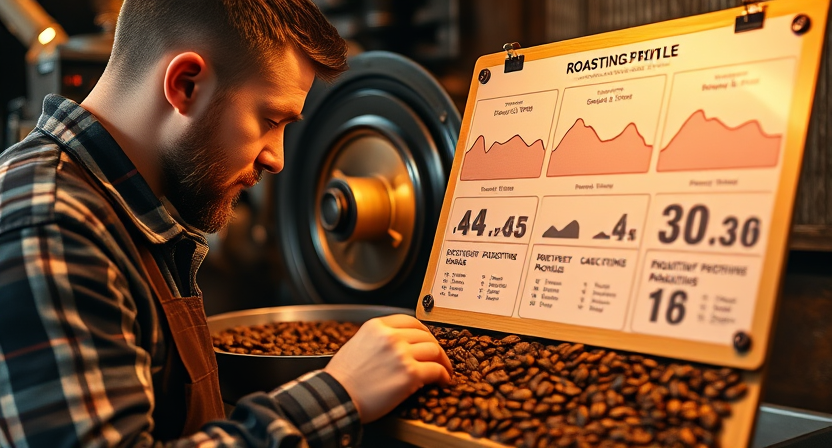
Small batch roasting is a meticulous process that requires precision and expertise to bring out the best flavors in coffee beans. Roasters carefully monitor the temperature and airflow to ensure an even roast, resulting in a well-balanced cup of coffee that highlights the unique characteristics of the beans. By roasting in small batches, roasters have the ability to customize the roasting profile for each batch, allowing them to optimize the flavor profile of the coffee.
Furthermore, small batch roasting allows roasters to experiment with different techniques and roast levels, pushing the boundaries of traditional coffee roasting. This hands-on approach not only requires skill and attention to detail but also fosters a deep connection between the roaster and the beans. Roasters can develop intimate knowledge of how different beans react to various roasting methods, leading to a greater understanding and appreciation of the complexities of coffee roasting.
Why Freshness is Key in Third Wave Coffee

Freshness plays a pivotal role in the Third Wave Coffee movement, distinguishing it from conventional coffee practices. The emphasis on freshness stems from the belief that coffee beans are at their peak flavor potential shortly after roasting. In Third Wave Coffee culture, coffee connoisseurs prioritize the taste nuances that diminish as time passes post-roasting. As a result, ensuring beans are used within an optimal timeframe post-roast is crucial to delivering a flavorful and aromatic coffee experience.
Furthermore, the focus on freshness extends beyond just the roasting stage to encompass the entire brewing process. From the grind size to the brewing method, every aspect is meticulously controlled to preserve the flavors present in freshly roasted beans. Coffee aficionados in the Third Wave movement believe that only by maintaining freshness at every step can they extract the complex flavors and aromas that each batch of specialty beans offers. This dedication to freshness not only elevates the quality of the coffee served but also highlights the commitment of Third Wave Coffee roasters and baristas to creating an exceptional coffee experience for enthusiasts and novices alike.
The Significance of Manual Brewing Methods

Manual brewing methods play a crucial role in the Third Wave coffee movement, emphasizing precision and craftsmanship in the process of brewing a cup of coffee. By allowing baristas or coffee enthusiasts to control various factors such as water temperature, grind size, and brewing time, manual methods like pour-over, French press, and AeroPress enable a more personalized and tailored coffee experience. This hands-on approach fosters a deeper connection to the brewing process, enhancing the appreciation for the nuances and complexities of different coffee beans.
Furthermore, manual brewing methods highlight the subtleties of flavor profiles present in specialty coffee beans, showcasing the unique characteristics of each origin and roast. By utilizing techniques that prioritize extraction control and flavor clarity, such as the pour-over method or siphon brewing, coffee enthusiasts can fully explore the diverse range of flavors and aromas that coffee has to offer. This emphasis on manual brewing not only elevates the sensory experience of coffee consumption but also promotes a deeper understanding and respect for the artistry behind crafting a delicious cup of coffee.
Exploring Different Brewing Techniques in Third Wave Coffee
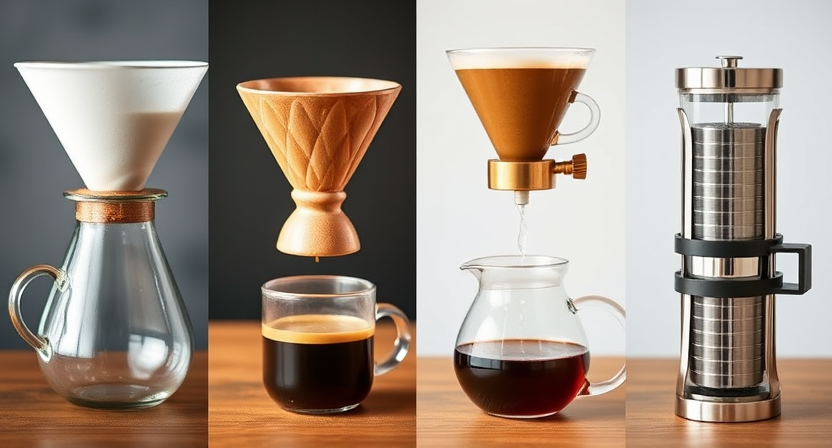
When it comes to the world of third wave coffee, exploring different brewing techniques is a fascinating journey that opens up a realm of possibilities for coffee enthusiasts. Each brewing method, whether it be pour-over, French press, siphon, AeroPress, or Chemex, offers a unique way to extract flavors from coffee beans. The emphasis is on precision, consistency, and showcasing the nuanced flavors present in the beans, resulting in a more tailored and elevated coffee experience for the discerning palate.
Experimentation and innovation play a pivotal role in these brewing techniques, with baristas and coffee aficionados constantly pushing the boundaries to enhance the coffee brewing process. By understanding the science behind extraction and mastering the art of brewing, individuals are able to bring out the best in every cup of coffee they create. The focus on quality, craftsmanship, and attention to detail in brewing techniques within the third wave coffee movement reflects a desire to perfect the coffee-drinking experience and elevate it to a form of artistry.
The Influence of Specialty Coffee Shops on Third Wave Movement
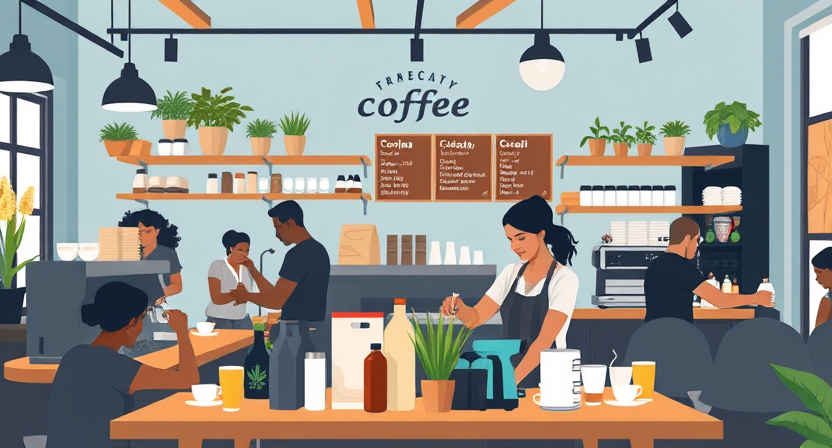
Specialty coffee shops play a pivotal role in shaping the Third Wave coffee movement, acting as the physical embodiment of its principles and values. These establishments are not just places to grab a quick caffeine fix; they serve as hubs for coffee education, community engagement, and an immersive coffee experience. By prioritizing quality, transparency, and sustainability in their sourcing and brewing practices, specialty coffee shops are setting the standard for what modern coffee culture should aspire to be.
Furthermore, specialty coffee shops act as catalysts for innovation within the coffee industry. With an emphasis on artisanal craftsmanship and a deep understanding of flavor profiles, these establishments push boundaries and encourage both consumers and producers to explore new horizons in coffee appreciation. Through their dedication to showcasing unique single-origin beans, experimenting with different brewing techniques, and promoting the art of coffee, specialty coffee shops are redefining the way we perceive and enjoy our daily cup of joe.
The Rise of Latte Art in Third Wave Coffee Culture

The art of latte art has become a defining feature of the third wave coffee culture, where baristas showcase their creativity and skill in crafting intricate designs on the surface of espresso-based drinks. From simple heart shapes to intricate rosettas and swans, latte art adds a visual element to the coffee-drinking experience, elevating it from a simple beverage to a work of art. This attention to detail and aesthetics reflects the third wave coffee movement’s emphasis on quality, craftsmanship, and the overall sensory experience of coffee consumption.
With latte art competitions gaining popularity worldwide, the third wave coffee culture has seen a surge in baristas honing their skills and pushing the boundaries of what is possible with milk and espresso. Beyond just being a visually pleasing addition to a cup of coffee, latte art also serves as a testament to the precision and dedication that goes into crafting a perfect cup. As customers become more discerning about their coffee choices, the rise of latte art signifies a growing appreciation for the artistry and expertise that defines the third wave coffee movement.
The Impact of Third Wave Coffee on Local Communities
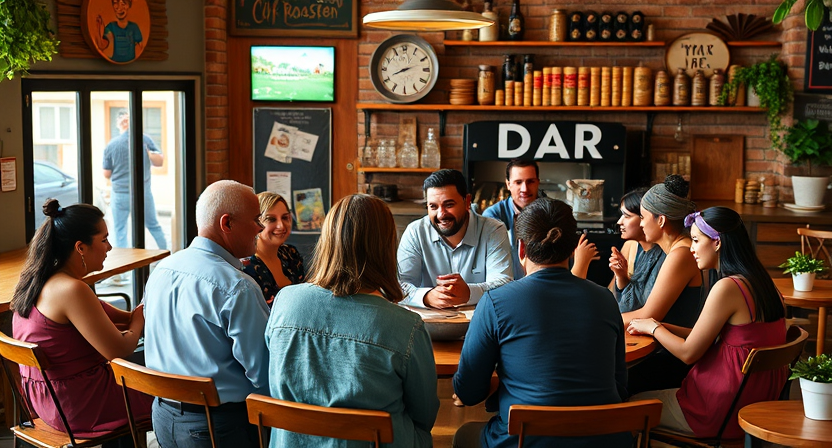
Third Wave coffee culture has made a notable impact on local communities across the globe. By focusing on quality, sustainability, and direct trade relationships with farmers, Third Wave coffee shops have brought attention to issues such as fair wages, transparent sourcing practices, and the environmental impact of coffee production. As a result, these establishments have become hubs for education and awareness, encouraging consumers to think more critically about where their coffee comes from and the journey it takes to reach their cup.
Moreover, the rise of Third Wave coffee has also sparked economic growth in many communities, particularly in regions where coffee farming is a vital part of the economy. By prioritizing relationships with small-scale farmers and cooperatives, Third Wave roasters have created opportunities for these producers to receive fair compensation for their work, invest in sustainable practices, and improve their quality of life. As consumers increasingly value traceability and ethical sourcing in their coffee choices, the ripple effects of Third Wave coffee can be seen in the empowerment and support of local communities worldwide.
How Third Wave Coffee is Redefining the Coffeehouse Experience
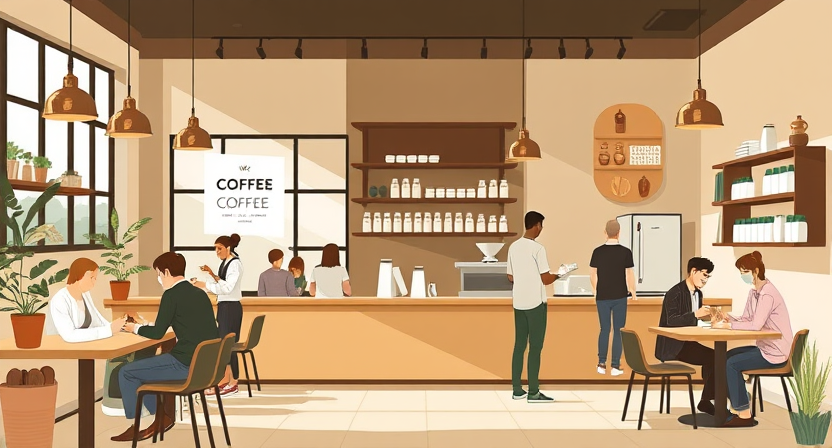
The emergence of the Third Wave Coffee movement has profoundly transformed the traditional coffeehouse experience into a curated and intimate affair. Gone are the days of generic blends and standardized brewing methods; instead, coffee enthusiasts now seek out establishments that prioritize quality, sustainability, and innovation in every cup they serve. These modern coffeehouses are designed to evoke a sense of community and craftsmanship, enticing patrons with the promise of a unique and personalized coffee experience.
From the minimalist decor to the meticulous brewing process, Third Wave Coffee shops are redefining the way we engage with our daily caffeine fix. Customers are encouraged to savor the intricate flavors and aromas of single-origin beans, often brewed to perfection using manual methods that highlight the coffee’s nuanced profile. In this new wave of coffee culture, the coffeehouse transcends its utilitarian function to become a destination where customers can immerse themselves in the artistry and passion that goes into each cup of meticulously crafted coffee.
The Growing Popularity of Cold Brew and Nitro Coffee

Cold brew and nitro coffee have been steadily gaining popularity in the coffee scene in recent years. Cold brew, known for its smooth and less acidic flavor profile, is made by steeping coffee grounds in cold water for an extended period of time, typically 12-24 hours. This slow extraction process results in a concentrate that can be diluted with water, milk, or flavors to create a refreshing iced coffee beverage that appeals to a wide range of coffee enthusiasts.
On the other hand, nitro coffee is cold brew coffee infused with nitrogen gas, giving it a creamy mouthfeel and a cascading effect similar to a stout beer when poured from a tap. The nitrogen bubbles enhance the overall sensory experience, creating a velvety texture and enhancing the natural sweetness of the coffee. The visually appealing presentation and unique texture of nitro coffee have captured the attention of coffee drinkers looking for a new and innovative way to enjoy their favorite caffeinated beverage.
• Cold brew coffee is known for its smooth and less acidic flavor profile
• Made by steeping coffee grounds in cold water for 12-24 hours
• Can be diluted with water, milk, or flavors to create a refreshing beverage
• Nitro coffee is cold brew infused with nitrogen gas
• Gives it a creamy mouthfeel and cascading effect when poured from a tap
• Nitrogen bubbles enhance the overall sensory experience
• Creates a velvety texture and enhances the natural sweetness of the coffee
The Relationship Between Third Wave Coffee and Food Pairings

Pairing food with coffee has become an art form in the Third Wave coffee movement. Rather than just grabbing a quick cup of joe to go with a pastry, coffee enthusiasts are now paying closer attention to how different flavor profiles in coffee can complement or contrast with various dishes. This focus on food pairings has opened up a whole new world of culinary possibilities, as people discover how the acidity of a light roast can enhance the sweetness of a fruity dessert, or how the nutty undertones of a medium roast can balance out the richness of a savory dish.
In specialty coffee shops, baristas and chefs work together to create harmonious pairings that elevate the dining experience. From carefully selecting single origin beans that enhance the flavors of a specific dish to experimenting with unique brewing methods to bring out the best in both the coffee and the food, the relationship between Third Wave coffee and food pairings is constantly evolving. As more people embrace this holistic approach to coffee consumption, we can expect to see even more innovative and exciting collaborations between the worlds of coffee and cuisine.
The Shift Towards Minimalist Coffee Packaging in Third Wave
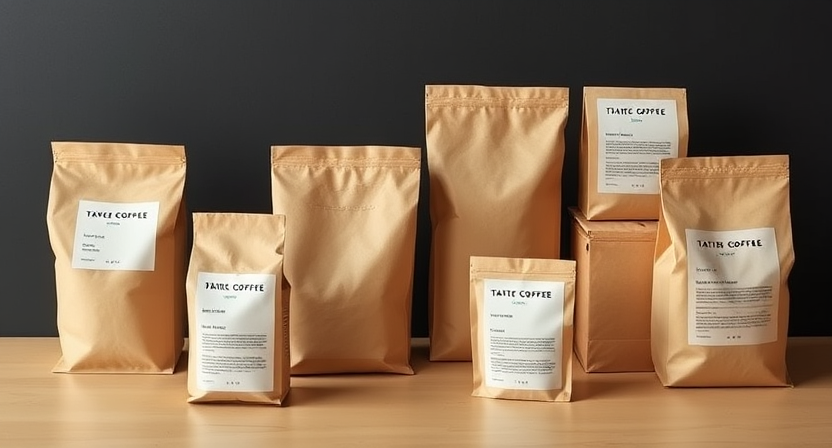
Minimalist coffee packaging has become a defining characteristic of the third wave coffee movement, mirroring the emphasis on simplicity and quality in every aspect of the coffee experience. This trend towards understated packaging design focuses on the essential information, such as the origin of the beans, the roasting date, and tasting notes, while stripping away any unnecessary elements that could distract from the coffee itself. The clean, modern look of minimalist packaging not only appeals to the aesthetics of the design-conscious consumer but also reflects the transparency and authenticity valued by third wave coffee roasters.
This shift towards minimalist coffee packaging extends beyond just visual appeal; it also signifies a commitment to sustainability and environmental consciousness. Many third wave coffee companies are opting for eco-friendly materials and minimalistic designs that reduce waste and promote recyclability. By prioritizing functionality and sustainability in their packaging choices, these roasters are aligning their values with the ethos of the third wave coffee movement, where every aspect of the coffee production process is considered with care and intention.
The Future of Third Wave Coffee: Trends and Innovations
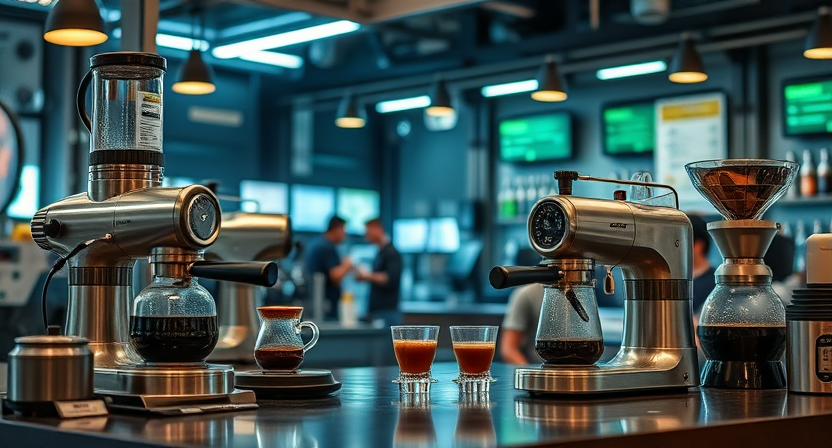
The future of third wave coffee is filled with exciting trends and innovations that continue to shape the industry. One prominent trend is the rise of technology in coffee preparation, with advancements in espresso machines and brewing equipment enhancing precision and consistency in every cup. Additionally, there is a growing emphasis on sustainability and ethical sourcing practices, with consumers and roasters alike prioritizing transparency in the supply chain to support farmers and promote environmental stewardship.
Innovations in flavor profiling and brewing techniques are also driving the future of third wave coffee. From experimental fermentation processes to unique aging methods, roasters are pushing boundaries to create new and complex flavor profiles that cater to the evolving tastes of coffee enthusiasts. As the industry continues to evolve, we can expect to see a greater focus on education and community engagement, fostering a deeper appreciation for the artistry and craftsmanship behind each cup of coffee.
Challenges Faced by Third Wave Coffee Industry
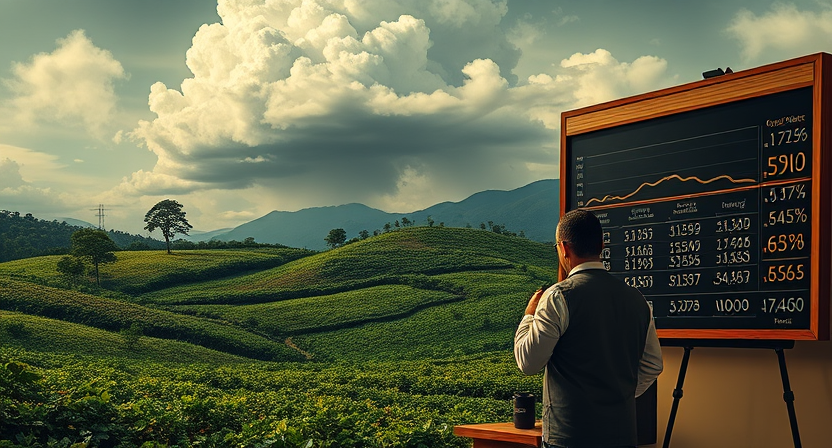
The Third Wave coffee industry, despite its rapid growth and popularity, faces several challenges that can impact its sustainability and continued success. One of the main challenges is the issue of sourcing high-quality beans consistently. With the emphasis on single origin and direct trade practices, roasters must navigate the complexities of finding reliable sources for beans that meet the stringent criteria of the Third Wave movement. This can be particularly challenging in regions where coffee production is affected by climate change or political instability, leading to fluctuations in bean quality and availability.
Another significant challenge faced by the Third Wave coffee industry is the struggle to maintain a balance between quality and affordability. The meticulous process of sourcing, roasting, and brewing coffee according to Third Wave standards often comes with a higher price tag, making it less accessible to the general population. Finding ways to make specialty coffee more inclusive while upholding the values of the movement poses a constant challenge for Third Wave coffee businesses striving to reach a broader audience without compromising on their commitment to quality and sustainability.
Embracing the Diversity of Flavors in Third Wave Coffee Beans
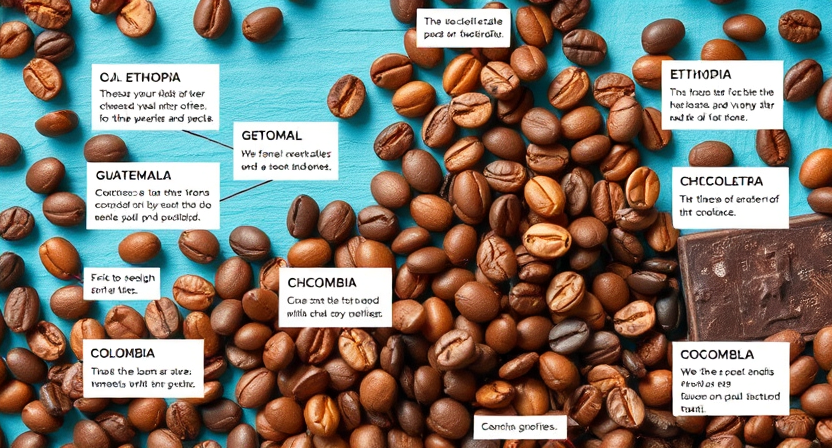
In the world of third wave coffee, embracing the diversity of flavors found in coffee beans is a cornerstone of the movement. Roasters and baristas alike celebrate the nuances and complexities that different beans from various regions bring to a cup of coffee. Each coffee bean tells a unique story through its distinct flavor profile, influenced by factors such as soil conditions, altitude, and processing methods. From fruity Ethiopian Yirgacheffe to chocolatey Guatemalan Huehuetenango, third wave coffee enthusiasts revel in the array of flavors waiting to be discovered in each cup.
Exploring these diverse flavor profiles not only enhances the coffee-drinking experience but also highlights the craftsmanship and dedication of those involved in the coffee supply chain. By recognizing and appreciating the unique tastes that different coffee beans offer, consumers and industry professionals alike deepen their understanding and connection to the art of coffee. Embracing the diversity of flavors in third wave coffee beans is not just about savoring a delicious brew but also about acknowledging the intricate efforts and expertise that go into producing a truly exceptional cup of coffee.

